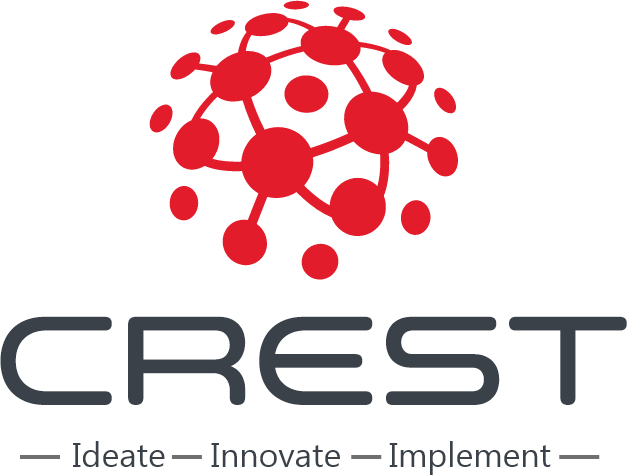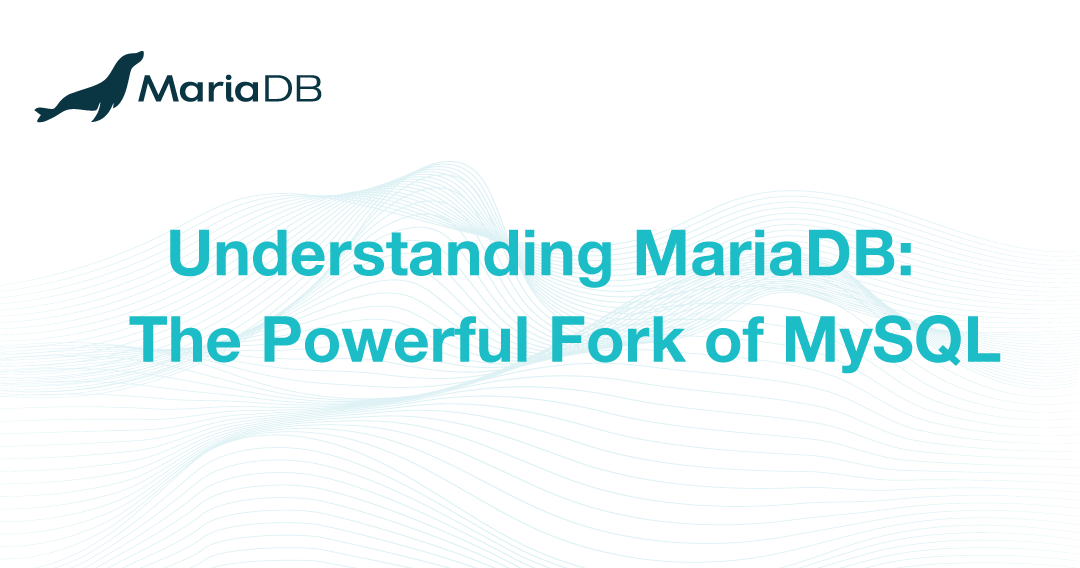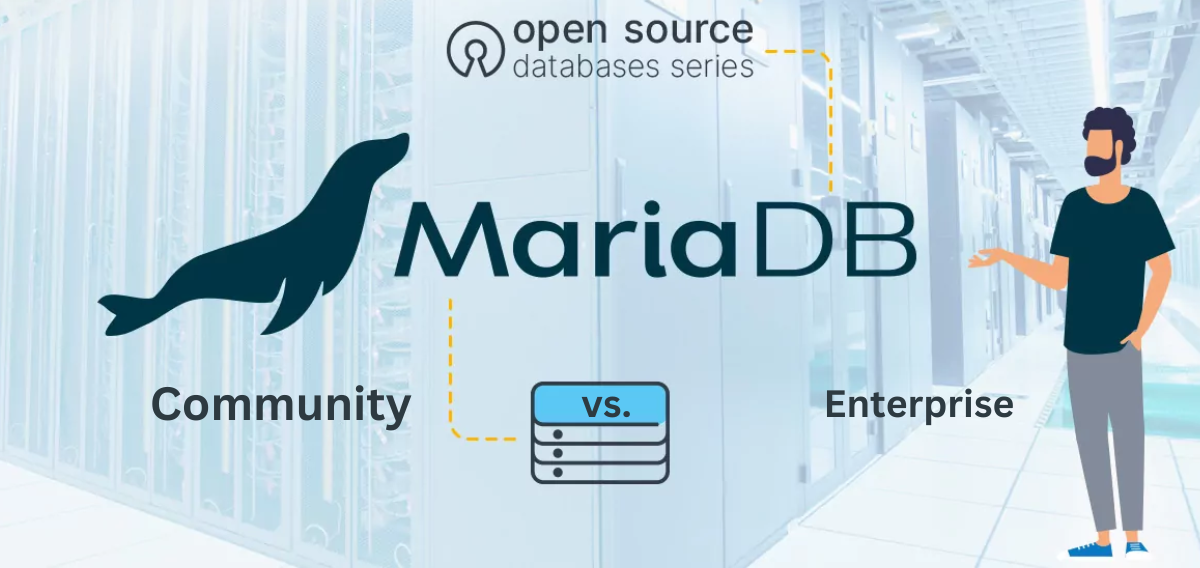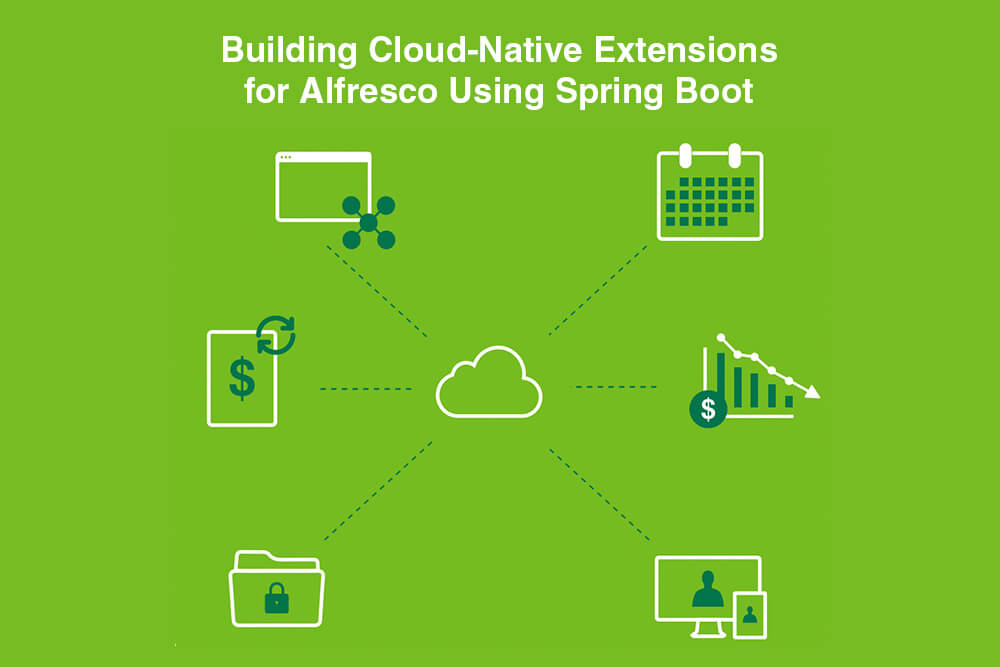File vs. Block vs. Object Storage – Which is better choice for Alfresco ECM?
It was Dec 2019 and the organizations across the world were shocked with the rapid spread of COVID19 and resulting lockdowns. The employees were immediately asked to work-from-home for the unknown time period and unfortunately it cannot be estimated even today. As a result, several organizations around the world have acknowledged that their staff would continue to work from home, even after the pandemic is over. A separate survey from IDC revealed that the vast majority of U.S. enterprises—87 percent—expect that employees will still work from home at least three days a week even after offices fully reopen.
Majority of the organizations were unprepared to deal with the challenges associated with the culture of work from home. There were challenges to keep the staff virtually connected with each-other, drive communication across teams, departments and organization, make announcements, and even hold meetings virtually, rather than booking a meeting room.
We must appreciate the kind of immediate support provided by Social media platforms like WhatsApp during these tiring times equally to SMBs and large enterprises. Team / Department Chat groups were created on the fly and task updates were shared on daily basis to keep everyone synced while Audio/Video calling kept the employees connected. Now with the recent announcement by WhatsApp to force their new terms of service on its users to share their privacy data with Facebook. Users only have the option to either agree to it now or delete their accounts. Most organizations took a prompt action and have issued advisories to their employees to not to share any sensitive or confidential data at the same time they have started looking for alternatives. This has added to the list of challenges to be handled on priority for the organizations.
Organizations had communication platforms like WebEx, Microsoft Teams, Zoom, WhatsApp for Business, Google Meet etc. to bridge the connectivity gap but they offered following unique challenges:
- Almost all of them were hosted solutions besides WebEx and Microsoft Teams. Hosted model can be a constraint for some organizations and government agencies, who don’t want their sensitive communication to be stored in shared servers, even though Microsoft claims to keep it encrypted.
- Non availability of instant team chat or announcements features.
- Zoom has been in news for security issues repeatedly.
- We can’t predict, when any of the other solution providers start acting like WhatsApp to monetize our confidential and private information lying on their servers.
Introducing CloudMeet – Your Self-Hosted alternative to Secure and Private communication.
CloudMeet can address the current market needs completely and offers a fully secure, private, end-to-end encrypted and self-hosted unified communication platform. CloudMeet is Singapore’s first and very own unified communication platform. CloudMeet offers the following features to customers:
- A. Schedule and Conduct Online Meetings from any browser or iOS and Android devices.
- B. Instant Chat, Team Chat with group chat and file sharing features.
- C. Conduct Audio/video conferencing from any browser or iOS and Android devices.
- D. Channels (Public, Private and Broadcast Channels) for departmental or across organization delivered directly to user’s device.
Some of the key differentiators which makes CloudMeet as the no-brainer choice for enterprises looking for a private and secure unified communication platform:
- CloudMeet is self-hosted, which can be deployed on-premise on in virtual private cloud (VPC), with complete control over data and recordings.
- All-in-one platform to fulfill the secure team communication needs of enterprises for online meetings, persistent chats, audio/video calling and to keep everyone always-connected and updated with channels/announcement features.
- Serverless architecture powers CloudMeet with greater scalability and flexibility without worrying about the infrastructure agility and scalability. The underlying infrastructure is configured to automatically scale up-n-down as demanded by concurrent meetings and messaging.
- One-of-a-kind Pay-as-you-go pricing model makes CloudMeet very lucrative to organizations of all sizes. The revolutionary model enables enterprises to not worry about huge upfront licenses fees and manage the expenditure based on their monthly usage.
- End-to-end encryption for chat, calls and meetings makes CloudMeet fully secure for businesses needing data privacy and protection.
- Option to brand-it-for-your-business makes CloudMeet personalized for your users, wherein organizations can use their own logo and theme to personalize the user experience.
Currently, CloudMeet can be evaluated / purchased by directly reaching out to Crest Sales Team, however pretty soon CloudMeet would also be available on various marketplaces of AWS, Microsoft Azure, Google Cloud and IBM Cloud.
Drop us a note, if you would like to know more / evaluate the solution, at kapil.jain@crestsolution.com
The commoditization of IT hardware, the rise of cloud platforms, the emergence of hyper-convergence and the lightning-fast speed of non-volatile memory express (NVMe) flash have perhaps masked some of the fundamentals of data storage.
But, at the root, all storage is categorised as either block, file or object, with those terms derived from how data is accessed in each mode. Files, blocks, and objects are storage formats that hold, organize, and present data in different ways, with each one of them having their own capabilities and limitations.

Figure 1: Block vs File vs Object Storage
What is a block storage?
Block storage chops data into blocks, depending on block size defined and stores them as separate pieces. Each block of data is given a unique identifier, which allows a storage system to place the smaller pieces of data wherever is most convenient.
Block storage is often configured to decouple the data from the user’s environment and spread it across multiple environments that can better serve the data. And then, when data is requested, the underlying storage software reassembles the blocks of data from these environments and presents them back to the user. It is usually deployed in storage-area network (SAN) environments and must be tied to a functioning server.
Because block storage doesn’t rely on a single path to data—like file storage does—it can be retrieved quickly. Each block lives on its own and can be partitioned so it can be accessed in a different operating system, which gives the user complete freedom to configure their data. It’s an efficient and reliable way to store data and is easy to use and manage. It works well with enterprises performing big transactions and those that deploy huge databases, meaning the more data you need to store, the better off you’ll be with block storage.
Hence block storage is the go-to option for Alfresco database, irrespective of database choice, whether its MariaDB, MySQL, PostgreSQL, MS SQL or Oracle.
There are some downsides, though, especially when utilizing against content management system with large amount of data. Block storage can be expensive. It has limited capability to handle metadata, which means it needs to be dealt with in the application or database level—adding another thing for a developer or systems administrator to worry about.
What is file Storage:
File storage, also called file-level or file-based storage organizes and represents data as a hierarchy of files in folders. Data is stored as a single piece of information inside a folder, just like you’d organize pieces of papers inside a folder. When you need to access that piece of data, your computer needs to know the path to find it (Beware! it can be a really long, winding path). Data stored in files is organized and retrieved using a limited amount of metadata that tells the computer exactly where the file itself is kept.
Think of a closet full of file cabinets. Every document is arranged in some type of logical hierarchy—by cabinet, by drawer, by folder, then by piece of paper. This is where the term hierarchical storage comes from, and this is file storage. File storage has broad capabilities and can store just about anything. It’s great for storing an array of complex files and is fairly fast for users to navigate.
The problem is, just like with your filing cabinet, that virtual drawer can only open so far. File-based storage systems must scale out by adding more systems, rather than scale up by adding more capacity.
What is an object storage?
Object storage, also known as object-based storage, is a flat structure in which files are broken into pieces and spread out among hardware. In object storage, the data is broken into discrete units called objects and is kept in a single repository, instead of being kept as files in folders or as blocks on servers.
Object storage emerged as a rival to file-access storage for large quantities of unstructured data when scale-out NAS file systems started to creak under the sheer number of files being stored.
Where file-access storage with its hierarchical file structure can get cumbersome as it grows, object storage brings a “flat” structure with equal access to all objects held, making it eminently suitable for large volumes of unstructured data.
There are few things to keep in mind, to be sure.
- Object storage requires a simple HTTP application programming interface (API), which is used by most clients in all languages.
- Object storage doesn’t work well with traditional databases, because writing objects is a slow process and writing an app to use an object storage API isn’t as simple as using file storage.
- Also, objects can’t be modified, but can be versioned and you have to write the object completely at once, which works great for Alfresco like content management system.
Object storage in practice
Despite what some people suggest, object storage is not an emerging technology. Data stored as objects have already approached the exabyte scale (1000 petabytes) representing trillions of objects. Companies like Amazon (with S3) provide object storage via its public cloud platform at massive scale, while object storage can be implemented in on-premise data center using a variety of open source and commercial products like MinIO’s High Performance Object Storage, to cater to needs of Alfresco like CMS.
Conclusion:
Now that we’ve described what file storage, block storage and object storage are, we conclude that while block storage is a must for Alfresco’s database, Object storage is the ideal choice for Alfresco’s content store with following benefits:
- Infinite scalability– Keep adding data, forever, without limitation. The only limit is space in underlying data disks.
- Faster data retrieval– Due to the categorization structure of object storage, and the lack of folder hierarchy, you can retrieve your data much faster.
- Reduction in cost– Due to the scale-out nature of object storage, it’s less costly to store all your data.
- Optimization of resources– Because object storage does not have a filing hierarchy, and the metadata is completely customizable, there are far fewer limitations than with file or block storage.
- Greater data analytics– Object storage is driven by metadata, and with this level of classification for every piece of data, the opportunity for analysis is far greater.

ABOUT THE AUTHOR
Crest Infosolutions is best described as a team of as youthful, ambitious, passionate and committed technology professionals
- 10 min read
- Security, CloudMeet
Share on facebook
Share on twitter
Share on linkedin
sharing is caring
Like this Article? Don’t forget to share it!
Share on facebook
Facebook
Share on twitter
Twitter
Share on linkedin
LinkedIn






